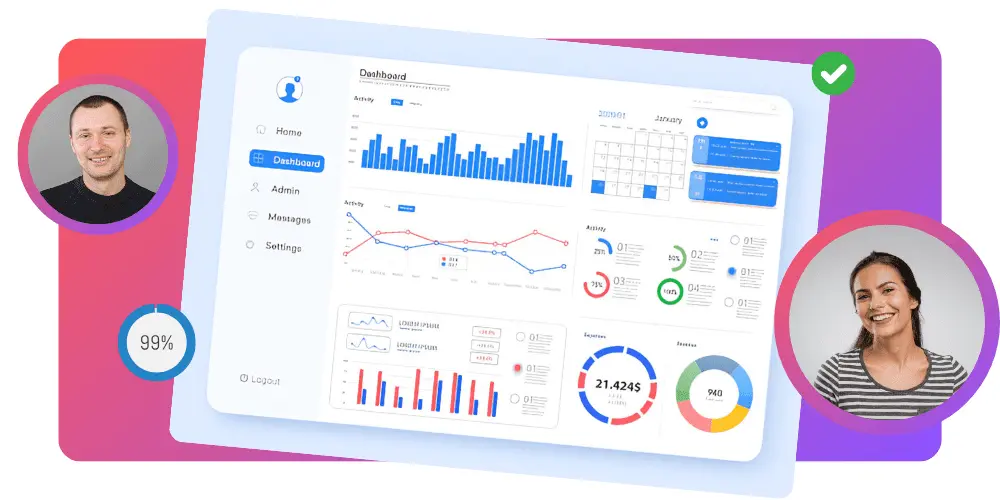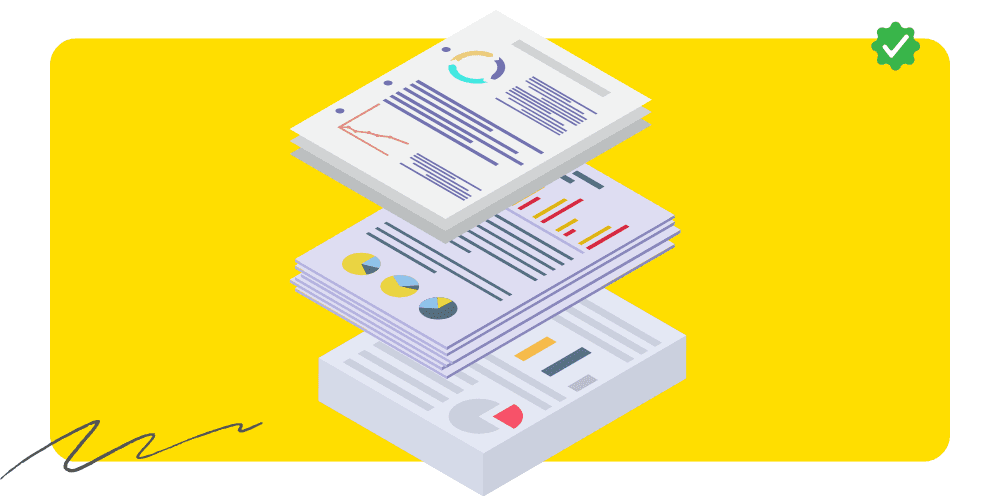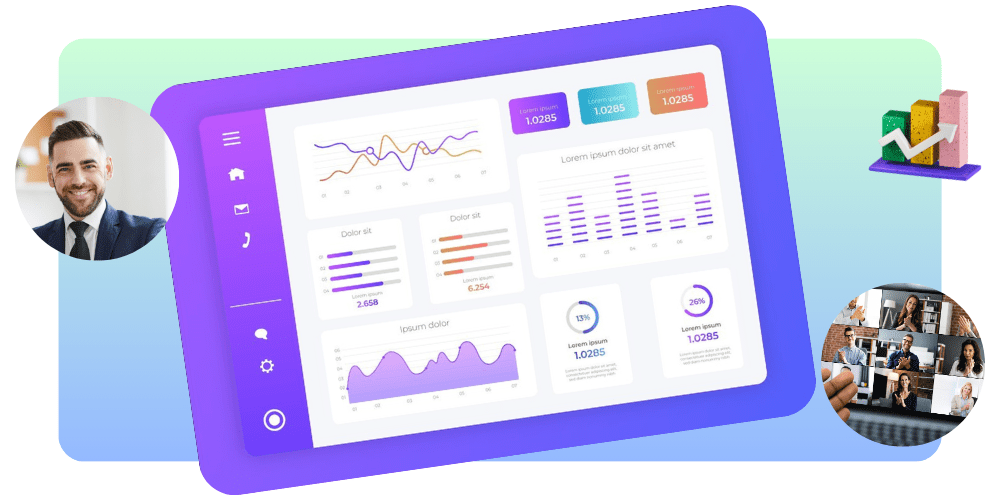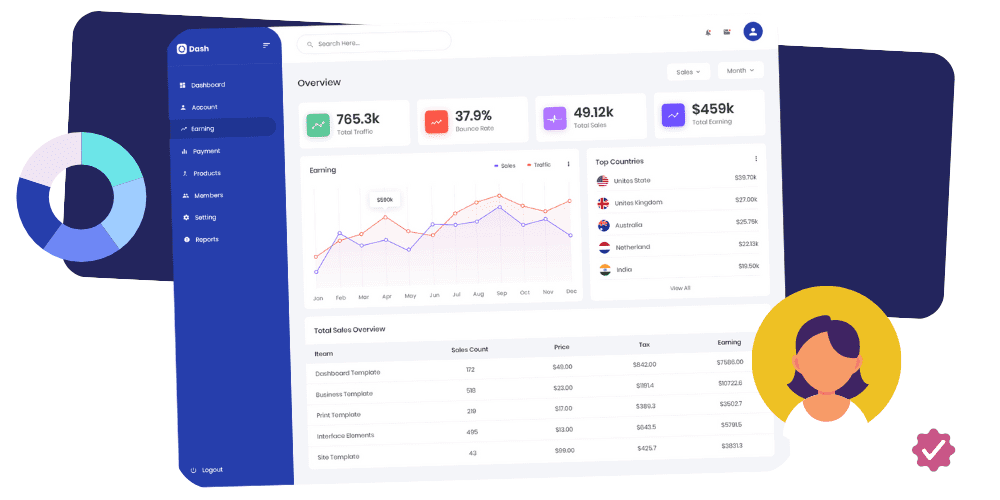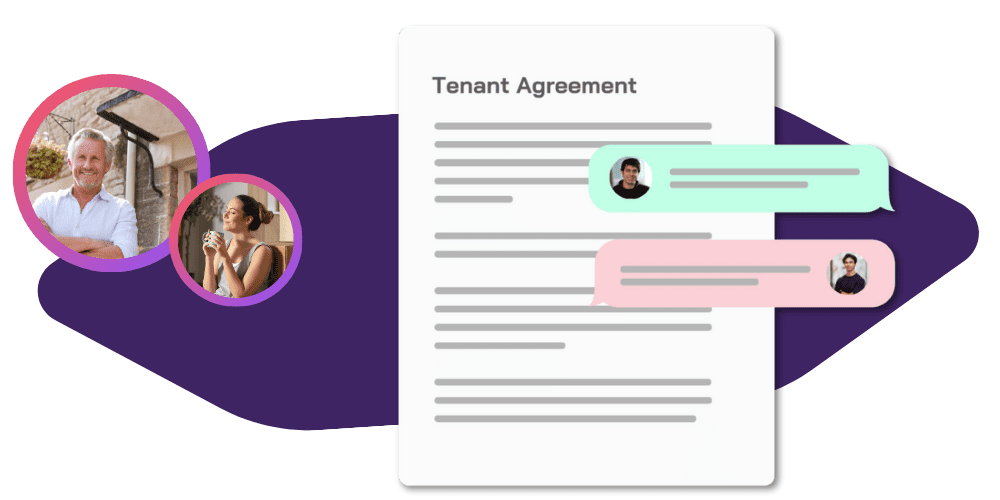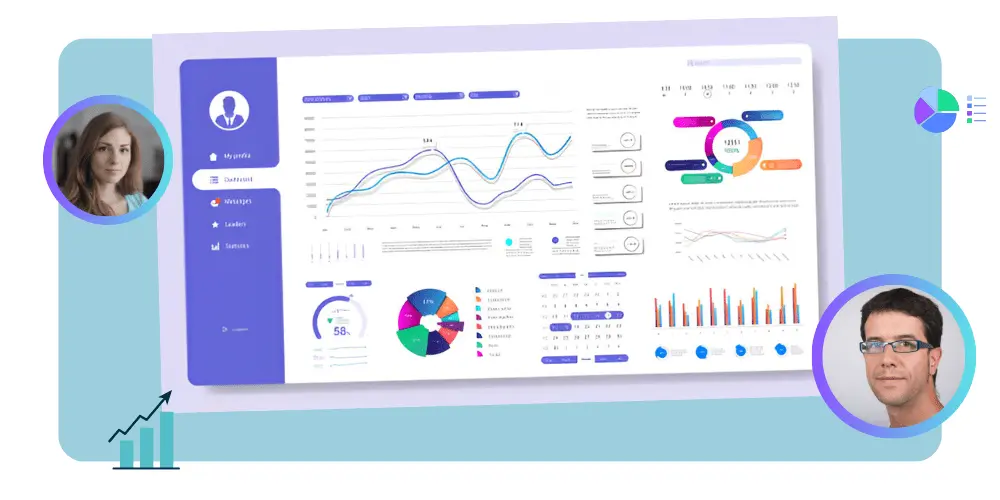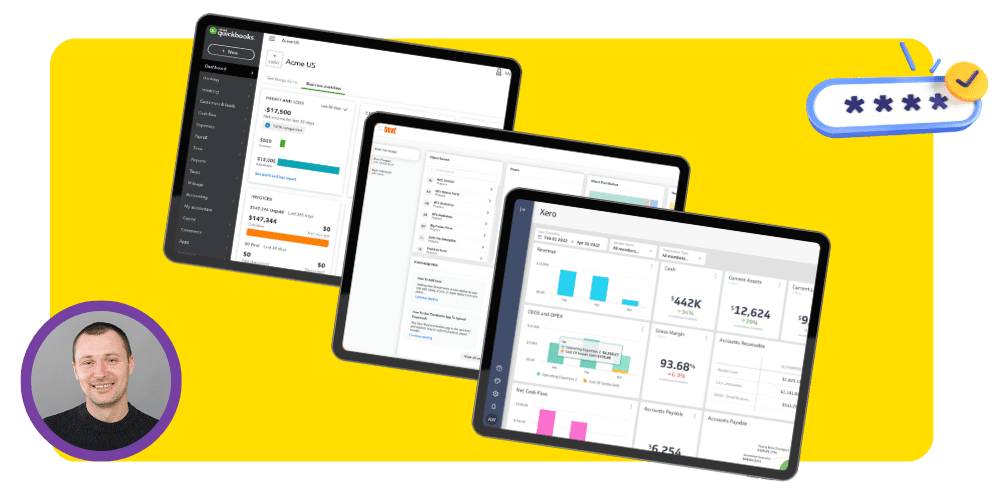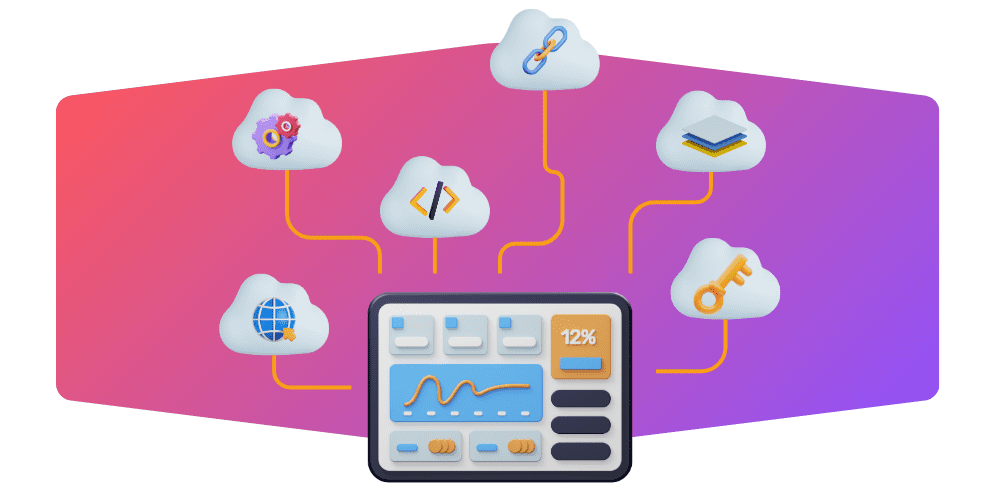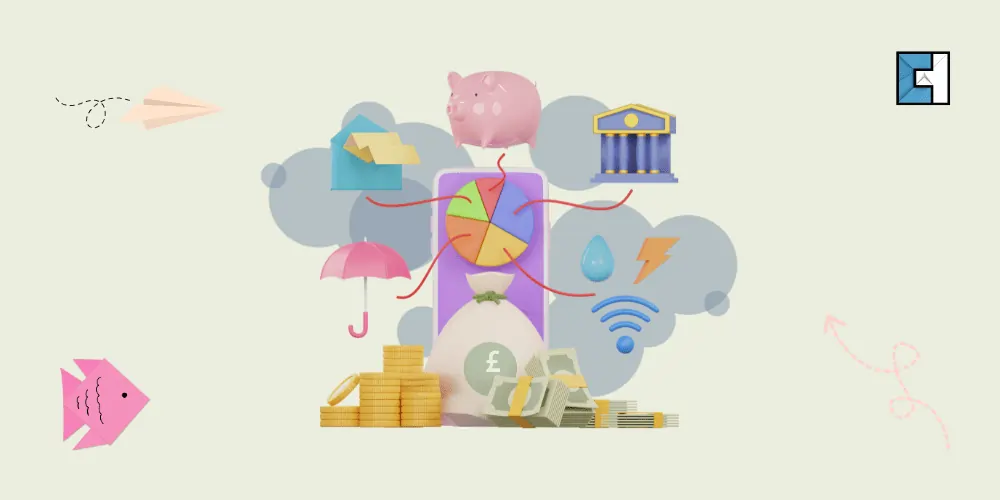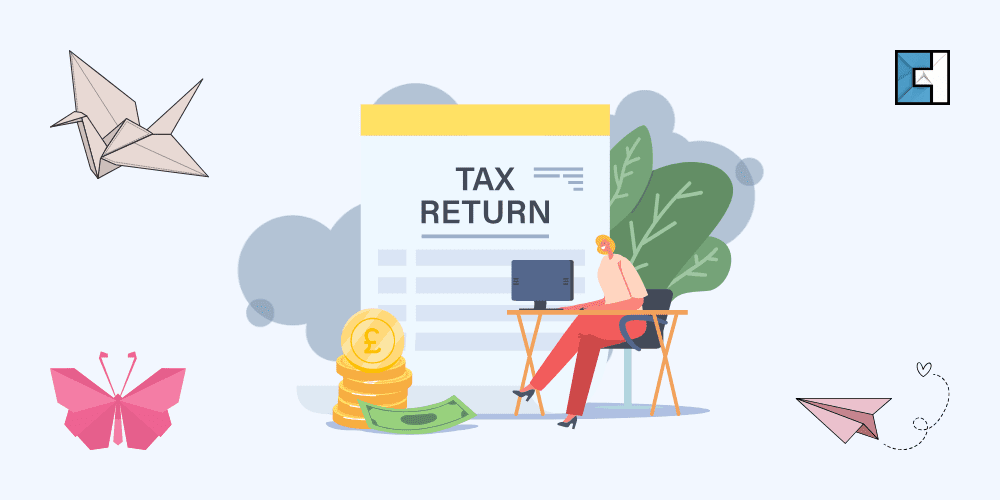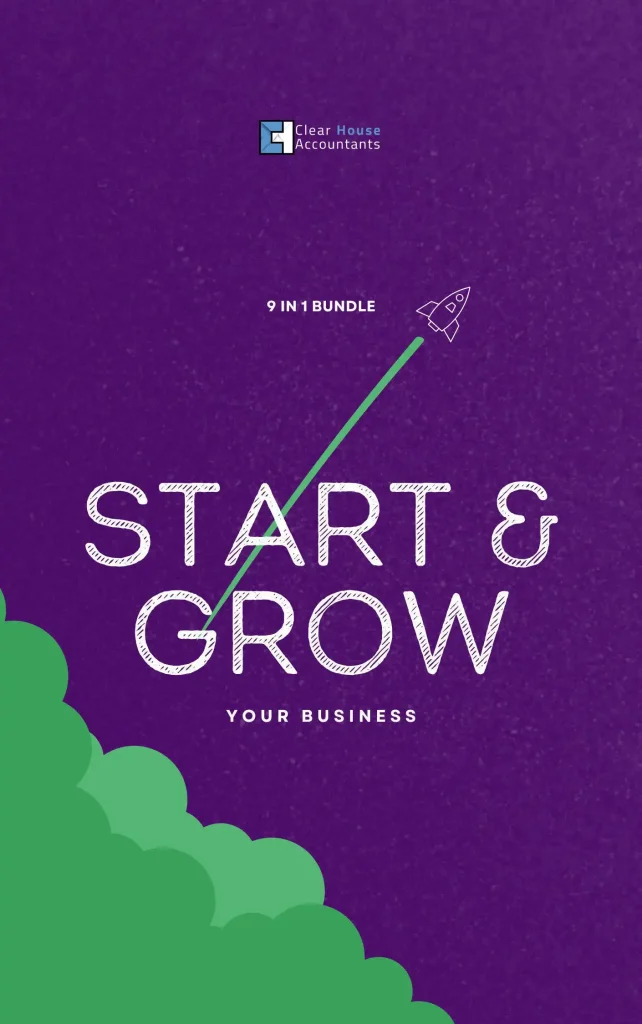The rapid acceleration of digital transformation has made SaaS products abundant. There is no way to predict the unlimited opportunities that will become available for the SAAS industry as technology advances. Due to the SAAS industry’s exponential growth, regulations around it have also increased and become more complex. Our Technology Accounting Team has been working hard to create optimal workflows to help SAAS businesses optimise how they measure and record their financials.
Revenue recognition is a hot topic due to its potential for manipulation. To protect various stakeholders such as Investors, the tax authorities, and other interested parties, rules and regulations have been introduced around how and when SAAS sales are recorded.
Due to the introduction of rules around SAAS revenue recognition, such as IFRS 15 and ASC 606, it has become important that measures are put in place to make sure this is done correctly.
Due to the nature of the market and the product being sold, a company must strictly record its income at all times, comply with regulations, and make well-informed decisions about the business.
While the current revenue recognition advice uses the same accounting approach across all businesses, software, and software as a service (SaaS) arrangements need special attention due to several factors.
What is SaaS?
SaaS is a novel software distribution method that allows users to access programs without the hassle of acquiring and installing them physically. Software as a service (SaaS) is hosted by a third party responsible for routine maintenance and upgrades. Clients may use the software using a computer or a mobile web browser.
There is no denying that SaaS has wholly altered how software is distributed. Rolling out a new program across a company takes a lot of work. It might take weeks, if not months, for staff to become proficient with a new tool due to the time and effort involved in the sales process, the complexity of the on-site installation, the need for custom development, and the need for training.
A few days at most are required to implement SaaS-styled software. Thus, SaaS has quickly replaced on-premise deployment as the standard for providing essential corporate software. Even on-premise software giants are developing SaaS solutions, and these corporations often acquire other SaaS businesses to bolster their capabilities.
Explore our ‘Complete Guide to Starting a SaaS Business’ and discover how partnering with expert SaaS accountants can further streamline your software solutions and enhance your operational efficiency
What is a SaaS Company?
Software as a service (SaaS) company is an organisation that designs, builds, and manages software as a service (SaaS) platforms and products. The primary advantages of establishing a SaaS business are immediately tapping into an unlimited global market and growing without increasing product delivery costs.
SaaS providers and the software they provide may have a name, but the two are in no way interchangeable.
The average SaaS provider builds and supports their software. Yet, a significant portion of its activities is also focused on sales and marketing as well as the success of its customers.
What is a Revenue Recognition Principle?
The process of recognising revenue involves the process of recognising the correct portion of its sales as income and the rest as a liability on its books until it can be recognised.
GAAP(Generally Accepted Accounting Principles), which differ based on the country they are applied in, defines revenue recognition as how income is recorded in a company’s books. It’s as straightforward as it seems, yet there may be more accurate methods of calculating profits for SaaS companies than accepting it at face value.
Imagine a client has agreed to a £15,000 yearly agreement with a monthly payment of £1,250. Is it possible to instantly book £15,000 in revenue? That will not be the case in this scenario. SaaS revenue recognition is contingent on fulfilling the service commitments. Until the conclusion of the contract, £1250 in monthly income may be recorded in exchange for the product or service provided. Speak to your SAAS Accountants if you think your revenue is not being recorded correctly to avoid issues in the long term.
When a customer’s performance requirement is met, revenue is recorded.
- To ensure your revenue recognition aligns with GAAP and avoids financial discrepancies, Consider ‘Bookkeeping: A Strong Business Foundation‘ for essential insights on maintaining precise records.
- Impact of Poor Bookkeeping on Business Performance
- Business Profit Calculator
How Does Revenue Recognition Work?
Questioning when a company has made revenue is central to the concept. Usually, a corporation will record income if the performance requirements have been met, and the company can quantify the amount relatively easily. A “unique” product or service is what a performance obligation guarantees to provide to a client. Despite appearances, several elements affect how a performance obligation is satisfied.
Important to accrual-based accounting is the revenue recognition concept. Unlike cash-basis accounting, which delays revenue recognition until cash is received, accrual accounting methods record income as soon as it is produced. The revenue recognition concept does not apply in cash-basis accounting.
By the revenue recognition principle, businesses should not wait until they have received payment before recording revenue from sales of services or goods. Pinpointing what defines a transaction may take more thought and effort. Businesses need to be aware of and follow the five income phases.
Types Of SaaS Revenue Recognition
Revenue recognition and Cash Sales recognition are the two most common approaches. They diverge in the timing of the sale’s entry into the company’s books. So, let’s weigh the benefits and drawbacks of each option:
Cash basis revenue recognition
This accounting method records earnings after completing a transaction and receiving the associated funds. Businesses with slow payment terms usually adopt these methods to avoid paying taxes on unpaid sales.
Pros:
- Cash receipts trigger the taxation of a business.
- Money at a bank is liquid and, hence, easy to trace.
- Easy to care for
Cons:
- A business’s finances might be misunderstood if they don’t include using credit for purchases and costs.
- inadequate for major corporations with complex sales structures
- Almost impossible to predict due to the nature of payment trends
Accrual Basis Revenue Recognition
This method records income, regardless of when the money is received for the sale. SaaS businesses might benefit from using this method of accounting to keep accurate financial records.
Large corporations with complex sales structures and payment terms often utilise accrual accounting because of its greater accuracy and transparency than cash-based accounting. In the USA, the IRS mandates accrual-based accounting for organisations with annual revenues above £25 million.
Pros:
- A more reliable indicator of earnings at any time
- Better at making long-term plans
Cons:
- Including a high level of accounting detail.
- Money owed to a company is subject to taxation.
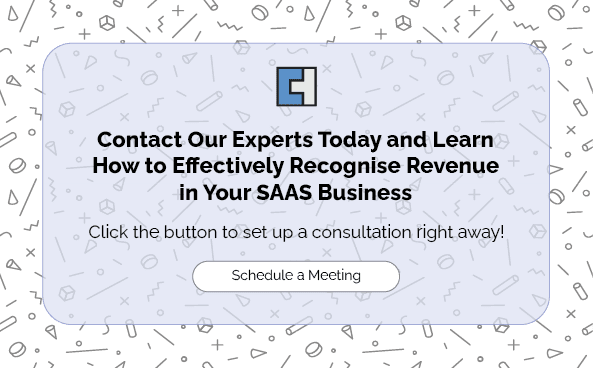
What is Revenue Recognition FRS 102?
The present UK GAAP has been superseded with a single standard, effective for accounting periods beginning on or after January 1, 2015. All UK firm financial information must be prepared following FRS 102 as part of the transition. Organisations that use the International Financial Reporting Standards (IFRS) or the Financial Reporting Standards for Smaller Companies will be exempt from this rule (FRSSE).
They included the prior revenue recognition standard in the FRS 5 application guidelines. Hence, this is the first full-fledged standard in UK GAAP. There are presently four distinct types of taxable income, each with its own set of taxation rules:
- Sale of Goods
- Rendering of Services
- Construction Contracts
- Interest, Royalties, and Dividends
1. Sale of Goods
When the seller shoulders all the significant responsibilities and benefits of ownership, only then can the transaction be considered a monetary success. The entity will get the economic advantage, and the income and expenses will be quantifiable.
2. Rendering of Services
When it is reasonable to expect some benefit to accrue to an organisation and both the revenue and the expenditures associated with providing the service can be quantified, revenue is recognised. When a company can accurately assess a proportion of completion, money is recognised for ongoing services.
3. Construction Contracts
When a company can quantify a contract’s results, the company will account for revenue and expenses based on how much work has been done. All expenses are written off, and income is recognised only to the degree that it is likely that expenditures are recovered if the company cannot accurately evaluate the result.
When a loss is expected on a contract, the whole loss is recognised as a burdensome clause in the contract at once.
4. Earnings from Interest, Royalties, and Dividends
The effective interest method accounts for interest income from rents, royalties, and dividends after deducting servicing costs and financing charges.
The accrual method is used to account for royalties.
The dividend is counted as income once the entitlement to payment is established.
Why Is Revenue Recognition Important?
The credibility of a business’s financial statements is intimately tied to the accuracy with which income is recorded. The revenue recognition guidelines aim to ensure consistency in how businesses handle income.
Its uniformity facilitates the ability of outside parties, such as analysts and investors, to compare the financial reports of several businesses operating in the same sector. Investors rely heavily on sales growth as an indicator of corporate health.
- Thus, accuracy and reliability in financial reporting are essential. Learn about the key SAAS metrics and how to measure them.
IFRS Reporting Standards Criteria For Revenue Recognition
When the following requirements are met, revenue may be recorded by IFRS standards:
- Both the seller’s risks and the buyer’s potential gains have been transferred.
- The vendor is no longer responsible for the items sent.
- There is a fair chance of being paid for the provided products or services.
- It can estimate how much money will be made.
- Profitability metrics are quantifiable.
As per International Financial Reporting Standards (IFRS), a contract may only exist if it meets three conditions: performed, collectable, and measurable.
The first two factors are categorised as “performance.” It has performed if the seller has fulfilled all its obligations to get money. As for the third, “collectability” indicates that the seller should have a good chance of being paid.
The second two, based on the matching principle, are “measurability” criteria since the seller must be able to link the costs it incurred with the profits it generated. Hence, it’s crucial to have a precise method of calculating income and expenditures.
5-Step Revenue Recognition Model for SAAS Businesses
The Financial Accounting Standards Board (FASB) and the International Accounting Standards Board (IASB) issued ASC 606 on December 16, 2016, using a new 5-stage procedure for recognising revenue.
It offers a simple structure for determining when and how much income should be recognised by a company. The process includes the following actions:
Step 1: Locate the Customer Agreement
The first stage outlines the requirements for entering into a new contract with a client. All three forms—written, spoken, and unspoken—are valid (through your company terms and conditions that customers must agree to when signing up).
Step 2: Determine the Various Contractually Required Actions
Your performance and delivery requirements are outlined in the following section. A performance obligation is a service you’ve promised to provide to a client, whether they use it alone or with other offerings from your business. It is not connected to any other services or goods under the agreement.
Step 3: Settle on a Sales Price
The transaction price is how much money you anticipate making from selling your service. This section guides the criteria for determining the appropriate transaction pricing.
Step 4: Divide the Total Purchase Price Amongst the Various Tasks under the Contract
You shall determine your best guess as to the retail selling price of each contract performance obligation. In other words, it’s the price at which a buyer commits to purchasing your goods or services.
Step 5: Record Income When the Contractual Party Meets a Performance Obligation
An organisation may defer revenue recognition until it has completed all the performance obligations that contributed to the revenue.
How to calculate revenue recognition: 4 methods
The list below outlines the various revenue recognition techniques.
1. Service Usage Method
Sales are Deferred as Liabilities on the balance sheet and then reclassified as income after the related services have been delivered or as the Product is used over the agreed term.
Sales are recorded as revenue for a company regardless of whether money changes hands (accounts receivable). Even if the company receives payment before the sale is finalised, it cannot use the money as income.
To illustrate, if a digital magazine charges £144 a year for a membership, £12 would be considered monthly income. As it had yet to provide the goods, the monthly fee would be returned on a prorated basis if the magazine went out of business.
2. Percentage-Of-Completion Method
Businesses with long delivery times still need to show investors they are profitable while the product or service is still developing.
The percentage-of-completion technique is used for revenue recognition by such businesses if and only if two requirements are satisfied.
- Put in place a binding, long-term agreement.
- Have a method of calculating how far along the project is and how much money will be made or spent in the future.
The following approaches are used to calculate an approximate price using this method:
The successful completion of a certain number of modules is often used as a milestone in software development projects.
3. Completed Contract Method
Enables income to be recorded after the terms of a contract have been met. It works well for temporary endeavors since income is recognised at the right time in the books. It may also be used for longer-term projects when the percentage-of-completion technique is unsuitable due to a lack of objective metrics.
4. Proportional Performance
The performance is greater than the sum of its parts. After a contract or plan, income is recognised depending on the percentage of the total number of acts performed.
Key Challenges of SaaS Revenue Recognition
In cases when a contract term is a whole year, recognising income is a breeze. Alterations to subscription plans, however, add layers of complexity that include but are not limited to the following:
- Midstream subscription cancellation
- Change your subscription from monthly to yearly midway through the year.
- Go down from the £12000 plan to the £6000.00 plan.
It becomes trickier when you include the following capabilities, which are often included in SaaS packages:
- Expenses associated with setting up a system
- The Cost of Maintenance
- Professional advice
- Customisation
- Pay what you use
SaaS businesses may use several revenue recognition strategies, each with advantages and drawbacks depending on their performance requirements and how they are performed. Technology Accountants who are familiar with the SAAS model can help you identify the correct treatment.

Conclusion
Assuming that you would get paid in full at the time of a booking is a common mistake SaaS company owners make, which might result in a misrepresentation of the profit figure and an incorrect view of the blame sheet liabilities.
The time and amount of SaaS revenue recognition may change depending on your services. A company may record revenue when it has a reasonable faith expectation of being paid for products or services it has transferred to the customer.
Additional Resources
FAQs
How do you recognise SaaS revenue?
Revenue is recorded in SaaS accounting only if the product or service obligations have been met.
At what point does revenue recognition occur?
The revenue recognition principle states that a company’s earnings should be credited to the period in which the service or product is deemed to have been supplied to the client rather than the period in which the cash is received.
In which month should the revenue be recognised?
While the whole year’s booking might be collected upfront, recognition is spread evenly throughout the subscription period.
Can revenue be recognised before payment?
The revenue recognition principle states that a company’s earnings should be credited to the period in which the service or product is deemed to have been supplied to the client rather than the period in which the cash is received.





